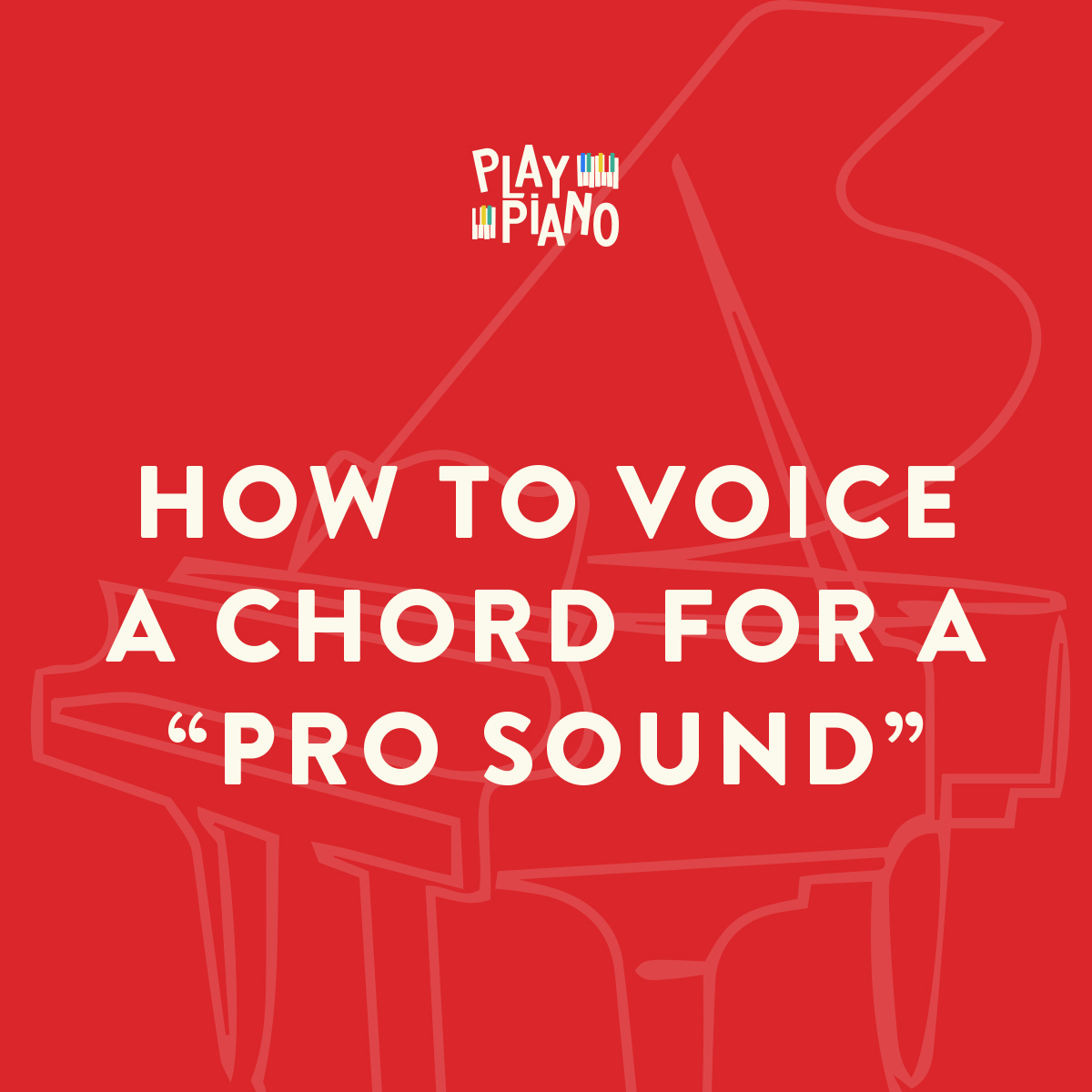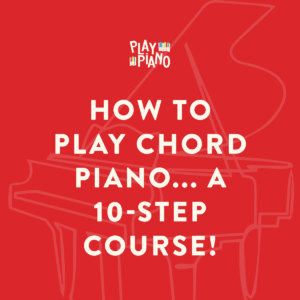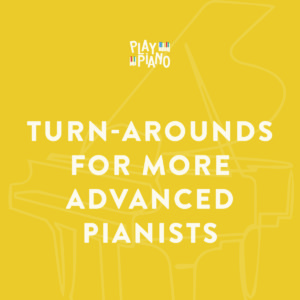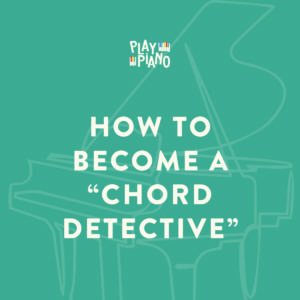Description
To “voice” means to arrange the notes of a chord on the keyboard so you get the sound you want. Since there are scores of ways to voice a chord, you need to know the principles involved. For example, you can imply any 7th chord by using just 2 notes — do you know which 2? You can play extended chords such as 11ths and 13ths all in one hand, even if your hand is small, if you know how. Learn all about voicing.
“Voicing” has nothing to do with using your voice — it is a technical term that refers to the way in which notes of a chord are arranged.
For example, you know the “C” chord is made up of 3 notes — C, E, and G — correct? But those 3 notes can be arranged in a variety of ways. We could have C on the bottom of the chord, or we could have E on the bottom of the chord, or we could have G on the bottom of the chord. Those are inversions, and we dealt with those a couple issues ago.
But we could also space the notes differently. We could have C on the bottom of the chord, skip the E, and have G come next, with E on top. That is called “open voicing” because there is an “opening” between the various notes of the chord. Chords that don’t have any openings are called “closed”.
So we have closed voicing and open voicing.
But when we combine closed and open voicing with inversions, we get more possibilities, don’t we?
For example, if we put E on the bottom of the chord, skip G, then use C, with the G on top, we get the 1st inversion of the C chord in open voicing.
If we put G on the bottom of the chord, skip the C, then use E, with the C on top, we get the 2nd inversion of the C chord in open voicing.
LISTEN for the difference in sounds between open-voiced chords and closed-voice chords. Listen, too, for the difference between inverted chords in open and closed voicing. You can get a lot of different sounds out of one chord if you use voicing creatively!
This course contains an Instructional Audio CD & DVD video & Summary Sheet








Reviews
There are no reviews yet.